Lately I’ve heard several questions about how to connect the Strategic Plan to the actual everyday work of the organization. Most CEOs and Executive Directors understand that the Strategic Plan is their outline for where they and their staff should focus. They get that the plan is intimately connected to the everyday work. Board Members, however, regularly struggle with how they plug into this process. The Board is responsible for making sure the Strategic Plan is developed (including Vision, Mission, and Goals) and for monitoring the implementation of the plan.
How does the Board monitor the plan without micromanaging the everyday work of the organization?
Strategic Dynamics has a very specific way of developing a Strategic Plan. We recommend that the Board of Directors monitor the plan at the level of the Strategic Objectives. But regardless of the Strategic Plan format, somewhere in it will be a list of measurable outcomes that the Board can monitor (be very careful – The Board needs to focus on the outcomes NOT the steps to get to the outcomes).
So how do we monitor these?
I recently worked with an organization that had a Strategic Plan similar to the Strategic Dynamics format. When I suggested that The Board see a report at every board meeting (theirs are monthly) that outlined what had happened in each of the Strategic Objectives areas, they all groaned (including the Executive Director). They have 22 Strategic Objectives in their plan. What they imagined was that it would take hours to read or listen to a report about what had happened in all 22 objectives. Instead, I explained that this report could be in point form simply outlining the high-level activities for each objective (which they could skim) and that any objectives that had concerns attached to them would be noted (and included for discussion/decision in the agenda), they relaxed. This does not have to be hard!! In fact, the Strategic Plan (if well constructed) can provide a framework that simplifies reporting. It becomes a fill-in template to report what the staff have done and a system for understanding the significance of the activity.
If the CEO simply reports that she held 12 meetings with focus groups, it doesn’t really mean anything. But if the Strategic Objective in her report is “develop a new product or service for market segment X” then those focus groups suddenly make sense. Those 12 meetings with “market segment X” mean that she is working toward the development of this product or service. The board can monitor that this piece of the Strategic Plan is being implemented. If six months later the report under this objective is STILL about holding focus group meetings and not the associated product development, the board may want to question how much longer the CEO intends to research before getting on with developing the product. Over the six months, the board has been able to monitor the activity and the trends in this specific objective. It’s much easier to monitor information that is presented in a similar format every time. Our brains begin to learn where to look for certain data and more quickly see patterns and implications for that data.
If your CEO/ED is not providing a regular report that is framed in the objectives (or similar) of your Strategic Plan, why not? Consider developing a template or format for capturing the everyday activities for reporting to the board and making sure they are not just a list of activities but also a quickly understandable story of why they matter. It is The Board’s responsibility to monitor the Strategic Plan. Is your board doing this?
Strategic Planning can be frustrating or energizing. At Strategic Dynamics we pride ourselves on planning sessions that are fast, productive, and enjoyable. To book a Strategic Planning session for your business or organization click here.

